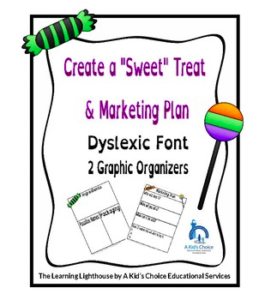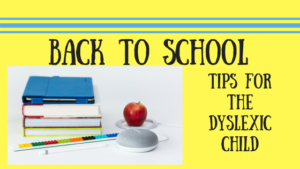Finding Joy in the Journey- the Writing Process- Part 1
Are you searching for ways to teach your students to become amazing writers? Do you find yourself wanting to bang your head against the wall in utter frustration because they should be writing pros by the time they are in middle to upper elementary grades? You are not alone!
Teaching writing may be a little tricky, however it is very “doable” in any grade level no matter what subject you teach. Certainly, the level of expectation and difficulty changes as students mature, but teaching students the appropiate structures for various modes of writing is a necessity.
One of the most overlooked, under-done teacher tasks is modeling. Think of your earliest memory of watching your mom get ready for the day. She might wash her face, curl her hair with a curling iron, then tease and spray her hair, choose her outfit for the day, apply her make-up, and then enjoy a cup of coffee while scanning the newspaper. And as small children, what did we do? We imitated her every move. I remember that I would even use my blue and white China tea set cup to pretend I was drinking coffee -just like my mom. This continued…..until I was old enough and confident enough to decide that I would use a flat iron on my hair rather than a curling iron. And I did not like to drink steaming, black coffee, but instead endulged in a bottled Diet Coke as my morning beverage. Do you catch my drift?
Much like small children are “imitators” of the adults in their lives, our students need to imitate our writing. Therefore we must MODEL the writing process for them over and over again. Eventually, they will gain the confidence and ability to write without our constant support, but it is our job as teachers to provide an appropriate writing foundation through modeling.
Let’s start with a Reflective Narrative writing assignment. First explain the purpose of a Reflective Narrative to your students. The purpose of a reflective narrative is to write a story about a personal experience or a reflection of a personal experience. Then as a class, have your students brainstorm a topic.
Example:
Topic: Our First Class Fieldtrip
Next, disucss the with the whole group the three parts of a story:
a beginning, a middle, and an ending.
Example:
Beginning: -Loading the buses to visit the Louisiana State Exhibit Museum
Middle: Touring the museum and completing the scavenger hunt
-discovering that the lunches were left at school
End: returning to school without visiting the park because the lunches
were left at school
Use the Brainstorm or Ideas step to develop a rough draft allowing input and discussion from your students. This gives them ownership in the writing piece. Together write the story and have students copy. I always ask my students to skip lines. Additionally, I model this while writng on the smart board.
Believe it or not, I have had several students ask, “Should I just re-copy the rough draft for my FINAL?”
My answer is always there same- “WHY would anyone do that? What would be the purpose? Why not just turn in the rough draft as a final?”
In their defense, no one has ever explicitly taught them the purpose of revising. This question provides a perfect “teachable” moment- explaining the purpose of REVISING. The reason we revise our writing is to IMPROVE it The best approach I have found to ensure students revise their work is by using a Rock Star Wrter’s Checklist. This checklist was developed after analyzing the grading rubric for the assigned writing topic. By using this resource to model how to revise a piece of writing, students always find opportunities to improve it. Most often they begin by choosing to change several words and use more exact vocabulary. The word or words are crossed out and the improved word is written above on line. (Remember- we skipped lines for this reason.) Now that’s certainly an improvement that any teacher would welcome! I can give a personal testimony that students become engaged and excited (believe it or not) when they determine the perfect location to insert figurative language. This can be the BEST part of the writing process! Students will feel a sense of accomplishment by “showing- off” their ability to use vocabulary, figurative language, hooks, and more in their writing.
When students can check off two or three suggesstions (teacher can determine the exact number) under each topic on the checklist- they are on their way to becoming ROCK STAR WRITERs!
Finally as a group, we edit our work using C.H.O.P.S. on our rough draft. (C.H.O.P.S. is also included on the checklist.) Then it is time to re-write (or type) the rough draft to include all revision, or improvements, and paying close attention to all editing marks. This will be the final draft.
One last note: I always have my students turn in each part of the writing process whether we did it together through modeling or if it was done independently. There are several reasons I do this. (many will be explained in another post) The MOST important reason for students to turn in each step in the writing process is so they will grow to VALUE each part. When students receive credit for each part of the writing process that they submit, they begin to treasure every step in the process. Try it! You will not be dissappointed.
When teachers model these writing practices, student will gain confidence and competence. Questions, ideas, or comments? We want to hear from you!




